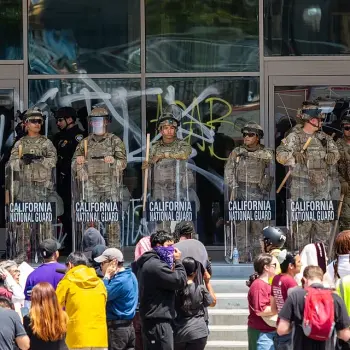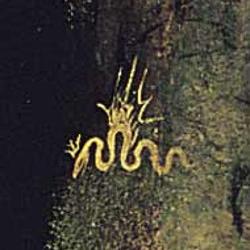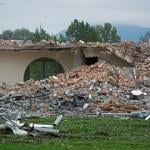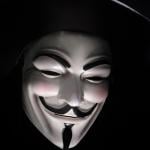The top-secret world the government created in response to the terrorist attacks of Sept. 11, 2001, has become so large, so unwieldy and so secretive that no one knows how much money it costs, how many people it employs, how many programs exist within it or exactly how many agencies do the same work.
These are some of the findings of a two-year investigation by The Washington Post that discovered what amounts to an alternative geography of the United States, a Top Secret America hidden from public view and lacking in thorough oversight. After nine years of unprecedented spending and growth, the result is that the system put in place to keep the United States safe is so massive that its effectiveness is impossible to determine.
The investigation’s other findings include:
* Some 1,271 government organizations and 1,931 private companies work on programs related to counterterrorism, homeland security and intelligence in about 10,000 locations across the United States.
* An estimated 854,000 people, nearly 1.5 times as many people as live in Washington, D.C., hold top-secret security clearances.
* In Washington and the surrounding area, 33 building complexes for top-secret intelligence work are under construction or have been built since September 2001. Together they occupy the equivalent of almost three Pentagons or 22 U.S. Capitol buildings – about 17 million square feet of space.
via A hidden world, growing beyond control | washingtonpost.com.
My thoughts:
(1) The story, while fascinating, is irresponsible in revealing names and locations of top-secret facilities, to the point of including an on-line map. (There is supposedly one in my home town!)
(2) Conservatives predicted that the creation of yet another layer of Homeland Security would mean the growth of another vast federal bureaucracy, and this seems to be what has happened.
(3) The main complaint of the story, though, is that all of these spooks and analysts are generating too much information for any one person to take in. But one person doesn’t have to take it all in. Agencies find information for those who need it. Decentralized intelligence, as with much else, can be very effective. The army unit of that Muslim shrink who killed all those people at Ft. Hood had an intelligence division. Instead of writing reports about threat alerts and such, which is apparently what they did, they should have kept tabs on their own people. The head of the CIA didn’t need to do that, but the army division intelligence office did need to.
(4) What the series does say about what the private contractors do seems to prove their worth, against the thesis of the articles. One of them invented a way to detect roadside bombs. Others produce software to guide those drone aircraft that have become the scourge of Al Qaida. No one can expect government intelligence employees to develop that kind of technology on their own. Of course they need to use outside contractors.
(5) That there is waste and redundancy I have no doubt, just as there is in the military. But we owe all of these folks a lot for keeping us safe. That’s the government’s major job, according to Romans 13.











